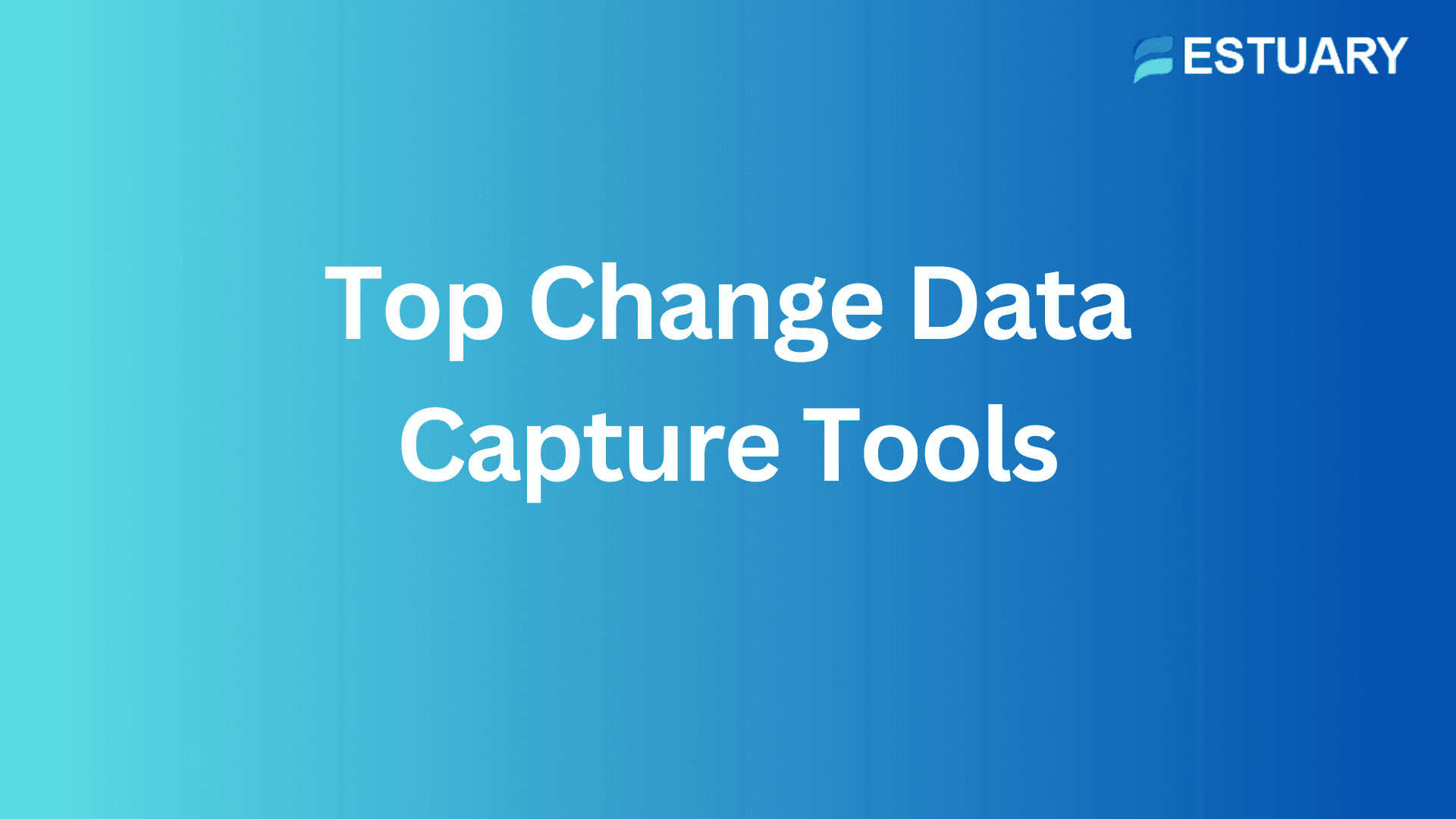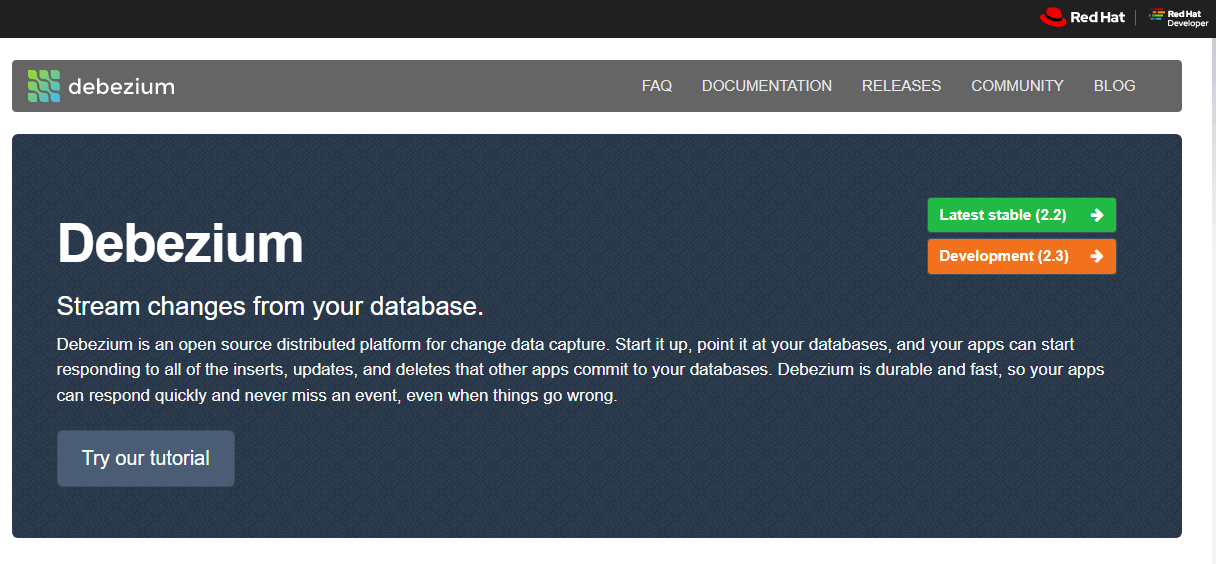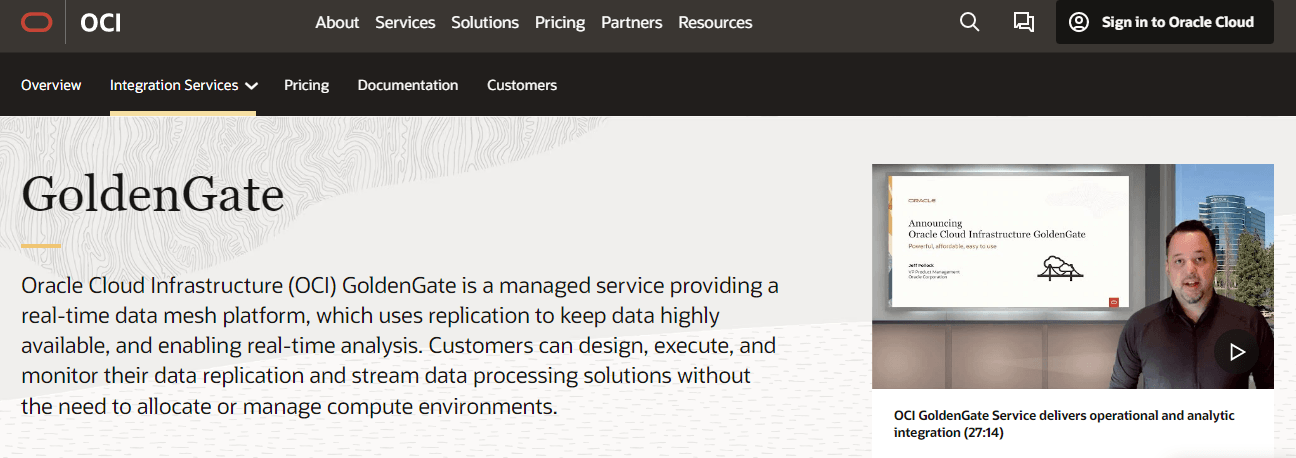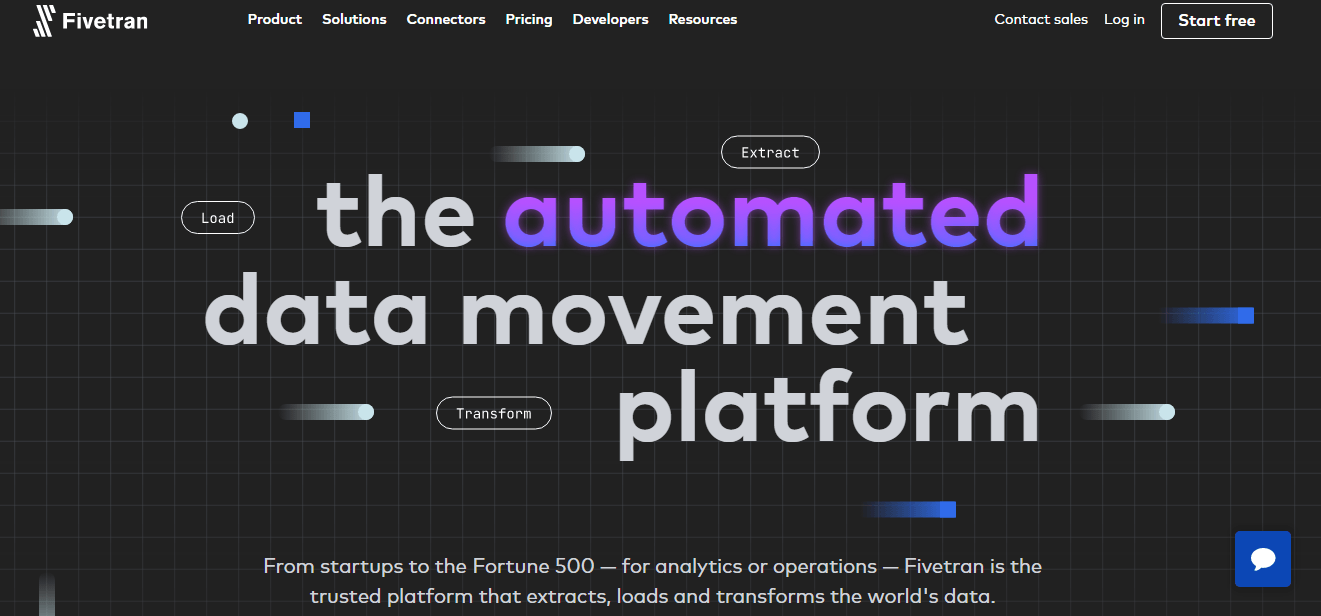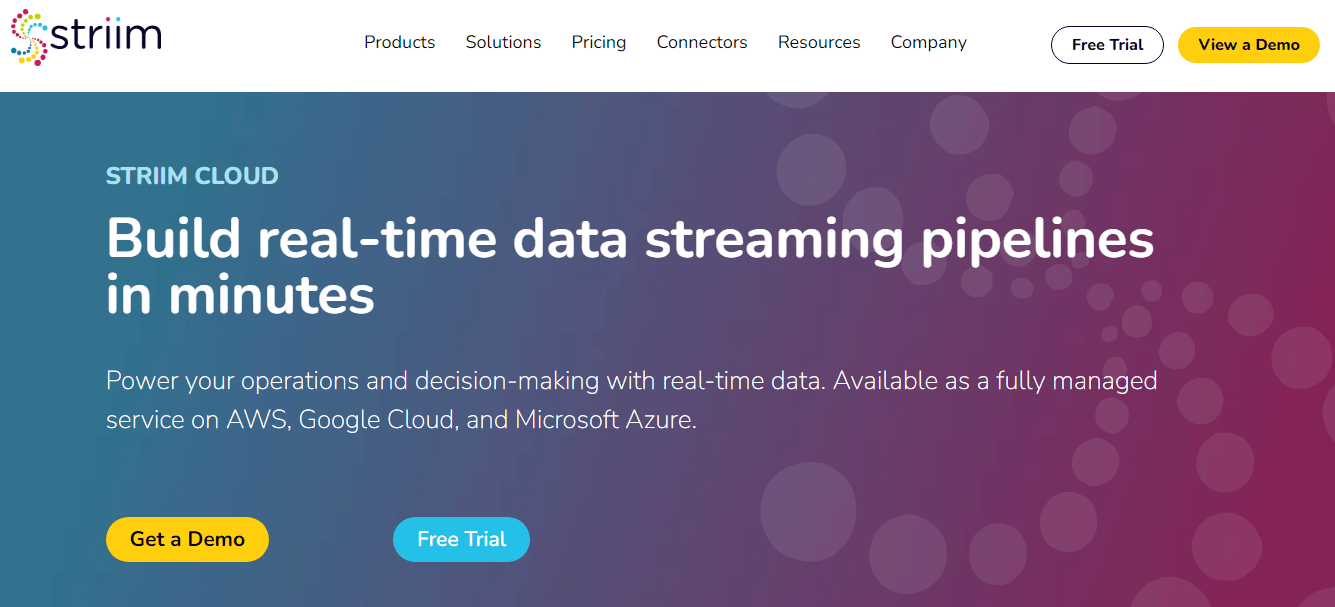
Selecting the right tool for any data problem is never easy—especially something as technically complicated and rife with pitfalls as change data capture (CDC). Navigating complex features, varying benefits, potential limitations, and, most importantly, aligning these factors with your business needs can be an overwhelming task.
This is where today’s guide comes in. In this article, we will analyze the 6 best Change Data Capture tools and also show you how each solution can enhance your data management processes. By the time you read this 10-minute guide, you’ll know which of these options best aligns with your requirements.
Best CDC Tools for 2024
Here’s a list of the best Change Data Capture (CDC) tools to help you replicate data in real-time effortlessly:
1. Estuary Flow
Founded in 2019, Estuary Flow is a modern CDC and ETL data pipeline solution, uniquely capable of both real-time and batch data processing. Built on the Gazette open-source project, which has been evolving in the Ad Tech space for over a decade, Estuary Flow stands out for its low-latency, scalable data pipelines that support various data needs, from analytics to AI applications.
Key Features
- Real-Time and Batch CDC: Streams and stores data with transactional guarantees, capturing changes instantly for reuse across multiple targets.
- Flexible Architecture: Uses a “collections” approach, allowing efficient backfilling, restreaming, and transformations with minimal source load.
- Broad Connector Support: Offers 150+ native low-latency connectors and compatibility with Airbyte, Meltano, and Stitch, expanding access to 500+ additional connectors.
- Custom Connectivity: Supports TypeScript, SQL, and planned Python connectivity for versatile custom integrations.
Pros
- Low Latency and Load: Minimizes source load and ensures rapid data capture across real-time and batch workflows.
- Cost-Efficiency: Charges $1 per GB moved, making it highly affordable compared to other ETL/ELT solutions.
- Broad Data Compatibility: Extensive connector options and support for multiple real-time or batch data targets.
Cons
- Open Source Alternatives: While open source is cost-effective, users need skilled resources for implementation and maintenance, which may limit feasibility for some.
Pricing
- Free Plan: $0/GB, up to 10 GB per month with 2 connector instances.
- Cloud Plan: $0.50/GB plus $100/connector instance for the first 6 instances, then $50/instance.
- Enterprise Plan: Custom pricing for advanced needs, including dedicated support, private deployments, and enhanced security.
Have questions? Join our Slack community to connect with experts, or sign up to start building your real-time data pipelines now!
2. Debezium
Debezium, created by Red Hat, was inspired by Martin Kleppmann's idea of “turning the database inside out.” This open-source tool is built to leverage Apache Kafka and Kafka Connect, making it ideal for scalable data replication and change data capture (CDC). For those dedicated to an open-source approach, Debezium is a strong choice for building robust CDC pipelines.
Key Features
- Efficient Snapshots: Uses incremental snapshots (DDD-3) to capture data changes without requiring full snapshots, which helps reduce resource load.
- Extensive Connectivity: Supports over 100 data sources and destinations through Kafka Connect.
- Schema Support: Integrates with Kafka Schema Registry for handling message-level schema changes as your data evolves.
Pros
- Customizable: Provides flexibility to customize pipelines, ideal for those with technical expertise and open-source commitment.
- Wide Ecosystem: Debezium works with Kafka’s large ecosystem, allowing access to a vast library of connectors and tools.
- Strong Community: Has active support, with regular updates and resources for troubleshooting.
Cons
- High Resource Demand: Requires skilled data engineers and administrators, especially for custom pipelines.
- Limited Non-CDC Connectors: CDC connectors are robust, but non-CDC sources may need additional setup.
- No Built-in Backfill: Lacks out-of-the-box support for replay or historical data backfill.
- Complex Topic Management: CDC updates and backfills share the same topic, which can complicate updates to multiple destinations.
Pricing
Debezium is free as an open-source tool. Managed deployment on Confluent Cloud is available for an additional cost, which simplifies setup but may not be cost-effective for all.
3. Qlik Replicate
Qlik Replicate is a high-performance data integration tool designed to handle real-time data replication and change data capture (CDC). With Qlik, you can easily replicate and transform data across various databases, cloud platforms, and data warehouses. It’s known for its efficiency, low latency, and user-friendly setup, making it a solid choice for businesses that need up-to-date data for analytics and decision-making.
Key Features
- Real-Time Replication: Ensures data is replicated in near real-time, ideal for live reporting and analytics.
- Extensive CDC: Captures data changes as they happen, without burdening the source system.
- Broad Compatibility: Works with a wide range of data sources, from SQL databases to cloud systems.
- Easy-to-Use Interface: Intuitive setup with transformation tools to clean and format data as it’s replicated.
Pros
- Efficient and Low Latency: Reliable, fast data updates with minimal delay.
- Flexible Transformations: Allows data cleansing and enrichment before loading into target systems.
- Wide Platform Support: Connects to both traditional and modern data platforms seamlessly.
Cons
- Initial Setup Can Be Complex: May require learning for new users.
- Custom Pricing: Pricing is customized, which can make budgeting harder.
Pricing
Custom pricing plans are available on demand, tailored to your organization’s data sources, targets, and feature needs.
4. Oracle Cloud Infrastructure (OCI) GoldenGate
OCI GoldenGate is Oracle’s tool for real-time data replication and synchronization across various databases and cloud environments. It supports both Oracle and non-Oracle systems, making it ideal for businesses needing real-time updates in mixed database environments.
Key Features
- Real-Time Replication: Instantly captures data changes to keep systems synchronized.
- Broad Compatibility: Works with Oracle, non-Oracle, and cloud platforms.
- High Availability: Active-active replication keeps data available even during outages.
- Custom Data Capture: Offers selective data replication to suit specific needs.
Pros
- Great for Diverse Systems: Perfect for businesses with multiple database types.
- Reliable and Consistent: Maintains real-time data for analytics and operations.
- Built-In Recovery: High availability options support data continuity.
Cons
- Complex Setup: Requires time to configure, especially for new users.
- Oracle Focused: Best suited for businesses using Oracle databases.
Pricing
OCI GoldenGate offers pay-as-you-go pricing, with plans available upon request.
5. Fivetran
Fivetran, founded in 2012, is a cloud-native ELT (Extract, Load, Transform) tool built to simplify data integration. Originally focused on handling raw data for analysis, it later added CDC (Change Data Capture) and support for Data Build Tool (dbt) in 2020, giving users more flexibility in data transformations. Following its acquisition of HVR, Fivetran strengthened its CDC capabilities, making it a popular choice for businesses needing simple, cloud-based data pipelines.
Key Features
- Straightforward ELT: Fivetran simplifies data loading with a low-code approach, ideal for teams needing quick setup.
- Integrated Transformations: Supports dbt for SQL-based data transformations, giving teams more control over data prep.
- Batch Change Data Capture: Offers CDC to sync data changes in batches, with options for faster but costlier latency levels.
- Extensive Connectors: Connects to 100+ data sources, including databases and SaaS applications.
Pros
- Easy to Use: Cloud-based and low-code, Fivetran is accessible even for teams with limited coding experience.
- Broad Compatibility: Works with a wide variety of data sources, making it flexible for different setups.
- Integrated Transformations: dbt support allows transformations directly in the data warehouse for greater flexibility.
Cons
- High Costs: Fivetran’s pricing, based on monthly active rows (MAR), can quickly become costly, especially as data volumes grow.
- Latency Challenges: Fivetran’s batch-based CDC can result in higher latency, with lower latency options coming at a premium.
- Reliability Concerns: Some users report issues with data loading reliability and slower-than-expected support.
- Limited Data Control: Fivetran modifies data structures and field names, which can make migrations or customization more challenging.
Pricing
Fivetran’s costs are based on the number of rows that change monthly. Costs increase if faster CDC or higher data volumes are needed, and users may see costs rise quickly if their data updates frequently.
6. Striim
Striim, pronounced “Stream,” is a powerful CDC and stream processing tool developed by former GoldenGate team members. Founded in 2012, Striim initially focused on stream processing and analytics but has since evolved to handle broader data integration use cases. With its robust CDC support, Striim is a strong choice for users needing both high-performance replication and real-time data processing.
Key Features
- Advanced CDC Capabilities: Offers some of the best CDC support, including optimized integration with Oracle databases.
- Stream Processing: Designed for complex stream processing tasks, using a SQL-like Tungsten Query Language (TQL) for sophisticated data handling.
- Scalable Data Movement: Handles large-scale data transfers, comparable to tools like Debezium and Estuary.
- Integrated with Kafka: Supports Kafka for data recovery, although it lacks permanent storage for older data.
Pros
- High-Performance CDC: Striim’s CDC capabilities are advanced, making it ideal for replication-heavy workflows.
- Versatile for Real-Time Use: Supports real-time stream processing, which is valuable for analytics and complex data pipelines.
- Scalable and Flexible: Striim’s distributed architecture supports data at scale, with strong performance for large data environments.
Cons
- Steeper Learning Curve: Requires understanding of Tungsten Query Language (TQL) and Striim Flows, which may be challenging for users without stream processing experience.
- No Backfill Support: Lacks the ability to backfill destinations with historical data, meaning new destinations cannot access older data without a fresh snapshot.
- Complex for Simple CDC: Compared to ELT tools, Striim’s setup for CDC flows is more complex and may require more initial configuration time.
Pricing
- Starting Cost: $1,000 per month
- Compute: $0.75 per vCPU per hour
- Data Transfer: $0.10 per GB (inbound and outbound)
- Custom Quotes: Pricing varies based on data sources, targets, and volume
Do We Really Need A CDC Tool?
Here are a few drawbacks of developing a DIY CDC solution uncovering the reasons why dependable CDC tools are a must:
- Complexity: Implementing CDC data replication involves handling challenges like diverse database providers, varying record formats, and accessing log records, making it a complex task.
- Overburdening Developers: Building an in-house CDC solution adds to the workload of developers already busy with projects, potentially impacting their focus on revenue-generating tasks.
- Regular Maintenance: Developing a custom CDC solution requires writing and maintaining scripts as databases and log patterns change. This ongoing maintenance consumes significant time and resources.
Conclusion
To reap the benefits of CDC, you need a change data capture tool that not only aligns with your data management needs but also scales effortlessly and fits comfortably within your budget. Each alternative we've explored carries its unique strengths and specializations.
Upgrading to the right CDC tool can make a world of difference in your data management practices. It can enhance data visibility, bolster security, ensure compliance, and optimize overall performance.
So, if you are looking for a tool that's easy to use and requires minimal upkeep, Estuary is your best bet. With its advanced feature set, intuitive interface, and scalability, it provides the essential tools to streamline your data integration tasks efficiently. Sign up now or get in touch to learn more about how we can help.
Of course, there's much more to learn about this topic. If you're still curious, check out these posts:

Author
Popular Articles





